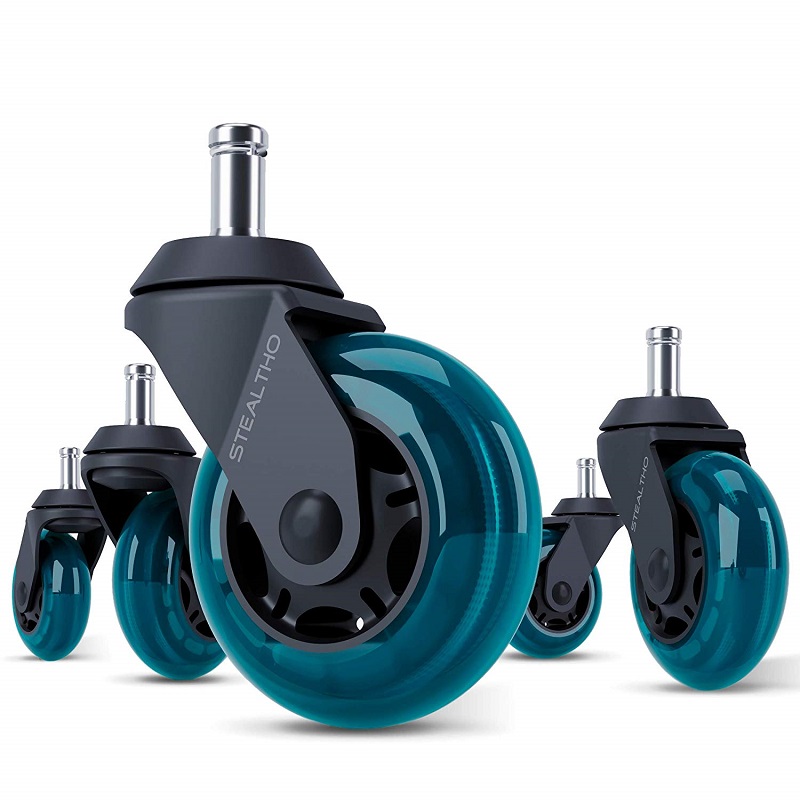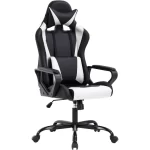Office chair wheels are often overlooked during cleaning routines, but they play a crucial role in maintaining a clean and functional workspace. Dirty wheels can lead to reduced mobility, damage to flooring, and an overall unprofessional appearance. Here’s a comprehensive guide to effective methods for cleaning office chair wheels to ensure they remain in top condition.
Understanding the Importance of Clean Chair Wheels
The Impact of Dirty Wheels on Mobility
Dirty office chair wheels can hinder the smooth movement of the chair. Accumulated dust, dirt, and debris can cause the wheels to become clogged, making it difficult to move the chair around. This can affect productivity as employees may struggle to maneuver their chairs easily. Regular cleaning of the wheels ensures they function properly and maintain their mobility, allowing for a more efficient work environment.
The Role of Clean Wheels in Floor Protection
Another crucial reason for cleaning office chair wheels is to protect flooring. Dirt and grime from the wheels can be transferred to floors, potentially causing scratches and damage over time. By keeping the wheels clean, you can help prevent such damage, especially on delicate surfaces like hardwood or carpet. Clean wheels contribute to maintaining the aesthetics and longevity of your flooring.
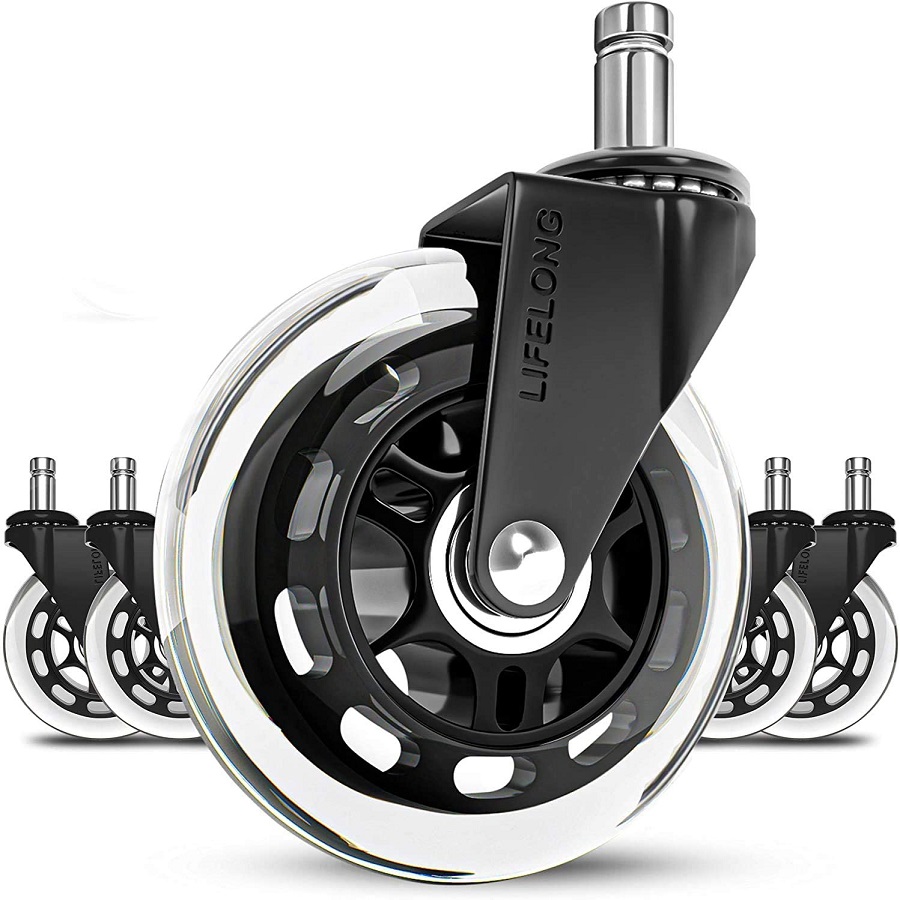
Tools and Supplies for Cleaning Chair Wheels
Essential Cleaning Tools
To effectively clean office chair wheels, you’ll need a few basic tools. A small brush or an old toothbrush is ideal for dislodging dirt from hard-to-reach areas. You may also require a vacuum cleaner with a hose attachment to suck up loose debris. For more thorough cleaning, have some mild detergent or soap, a microfiber cloth, and a small screwdriver or pliers handy for disassembling the wheels if necessary.
Choosing the Right Cleaning Supplies
Selecting the right cleaning supplies is crucial for effective maintenance. Avoid harsh chemicals that could damage the wheels or surrounding surfaces. Opt for mild detergents and water solutions, which are effective yet gentle. Additionally, having some lubricant or silicone spray can help keep the wheels moving smoothly after cleaning, reducing friction and wear.
Step-by-Step Guide to Cleaning Office Chair Wheels
Removing Debris and Dust
The first step in cleaning office chair wheels is to remove any loose debris. Tilt the chair onto its side or back to access the wheels. Use a small brush or vacuum cleaner to dislodge and remove dust and dirt from the wheel’s surface and crevices. Be thorough in this step, as leaving behind debris can affect the effectiveness of the subsequent cleaning processes.
Cleaning with Detergent and Water
Once the loose debris is removed, mix a mild detergent with warm water. Dampen a microfiber cloth or sponge with the solution and gently scrub the wheels. Focus on areas with stubborn grime or residue. For wheels that are heavily soiled, you may need to use a toothbrush to get into the grooves and around the axles. After scrubbing, wipe the wheels with a clean, damp cloth to remove any soap residue.
Drying and Lubricating the Wheels
After cleaning, ensure the wheels are thoroughly dried to prevent any moisture-related issues. Use a dry cloth to wipe off any remaining water. Once dry, apply a small amount of lubricant or silicone spray to the wheel’s axles. This helps to maintain smooth movement and prevent future buildup of debris. Spin the wheels to distribute the lubricant evenly.
Advanced Cleaning Techniques for Stubborn Dirt
Disassembling the Wheels for Deep Cleaning
For chairs with particularly stubborn dirt or debris, disassembling the wheels may be necessary. Use a screwdriver or pliers to carefully remove the wheels from the chair. Once removed, clean each wheel separately, following the same steps as above. This allows for a more thorough cleaning and ensures that all parts of the wheel are accessible.
Using Specialized Cleaning Products
In some cases, specialized cleaning products may be required for deep cleaning. These products are designed to tackle tough grime and are often more effective than standard detergents. Be sure to follow the manufacturer’s instructions when using such products and ensure they are compatible with the materials of your chair wheels.
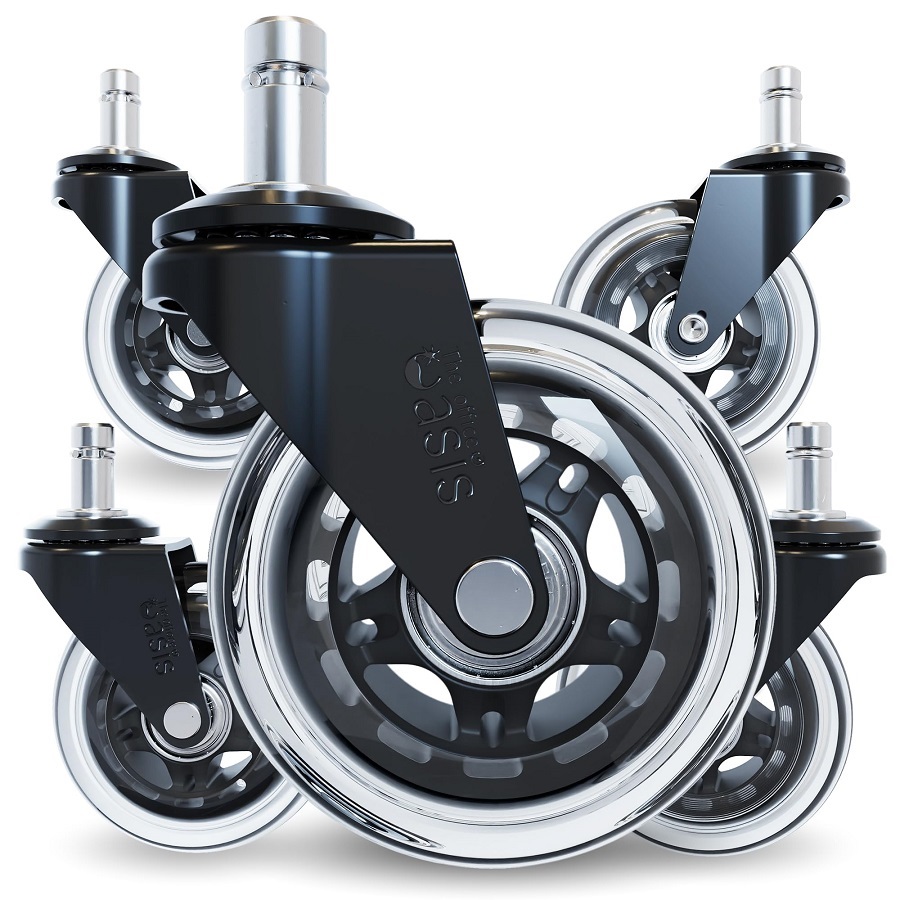
Preventative Measures for Maintaining Clean Wheels
Regular Cleaning Schedule
To prevent buildup of dirt and debris, establish a regular cleaning schedule for your office chair wheels. Depending on the level of use and the environment, cleaning every few weeks or monthly may be sufficient. Consistent maintenance helps to ensure that the wheels remain in good condition and function optimally.
Protective Accessories
Consider using protective accessories such as chair mats or floor protectors. These can help reduce the amount of debris that comes into contact with the wheels and the floor. Mats are particularly useful for carpeted areas, as they can prevent fibers and dirt from getting stuck in the wheels.
Troubleshooting Common Issues
Dealing with Clogged Wheels
If you notice that the wheels are still not functioning properly after cleaning, they may be clogged with stubborn debris. Try using a small, pointed tool or a needle to dislodge any remaining particles. If the clogging persists, it may be worth checking for damage or considering a replacement.
Addressing Wheel Damage
In some cases, cleaning alone may not resolve issues with damaged wheels. Inspect the wheels for any signs of wear or cracks. If damage is detected, it may be necessary to replace the wheels to ensure the chair’s functionality and safety. Many office supply stores offer replacement wheels that are compatible with most office chairs.
Benefits of Clean Office Chair Wheels
Enhanced Chair Mobility
Clean office chair wheels significantly improve chair mobility. When wheels are free of debris and grime, they roll more smoothly and effortlessly. This ease of movement reduces physical strain and increases overall comfort, allowing users to move seamlessly between tasks and locations. Enhanced mobility also prevents the wheels from sticking or dragging, which can be particularly beneficial in fast-paced work environments where frequent movement is necessary.
Professional Appearance
Clean wheels contribute to a polished and professional appearance in the office. Visible dirt or grime on chair wheels can create a negative impression, suggesting a lack of attention to detail or overall cleanliness. Regularly maintaining clean wheels not only improves the look of individual chairs but also reflects well on the organization as a whole. It demonstrates a commitment to a well-maintained and organized workspace, which can positively impact client perceptions and employee morale.
Additional Cleaning Tips
Using a Compressed Air Canister
For quick and efficient removal of dust and debris from chair wheels, consider using a compressed air canister. This tool is especially useful for blowing out particles that are trapped in tight spaces or crevices. Hold the canister at a slight angle and use short bursts of air to dislodge and remove the dust. This method can be particularly effective for routine maintenance between more thorough cleanings.
Incorporating a Cleaning Routine
Integrating wheel cleaning into your regular office cleaning routine can help maintain optimal conditions. Establish a checklist that includes chair wheel maintenance alongside other cleaning tasks such as dusting, vacuuming, and disinfecting. By incorporating wheel cleaning into the broader cleaning regimen, you ensure that the wheels receive consistent attention and remain in good working condition.
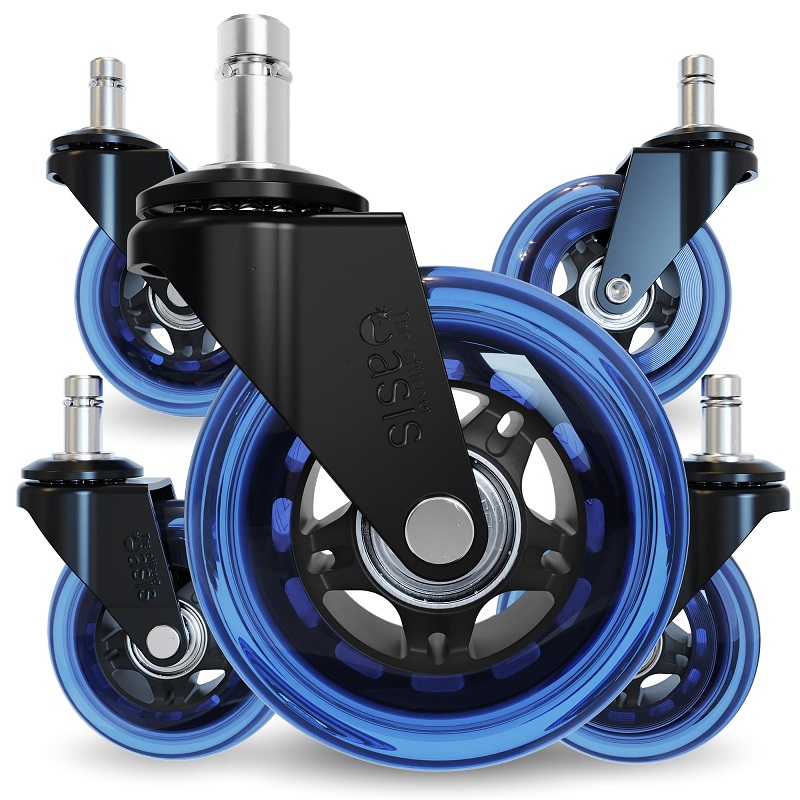
Conclusion
Maintaining clean office chair wheels is essential for ensuring smooth movement, protecting flooring, and upholding a professional workspace appearance. By following these effective cleaning methods and incorporating preventative measures, you can extend the life of your chair wheels and enhance your overall office environment. Regular maintenance and prompt attention to any issues will keep your chair functioning at its best and contribute to a more efficient and pleasant workspace.
